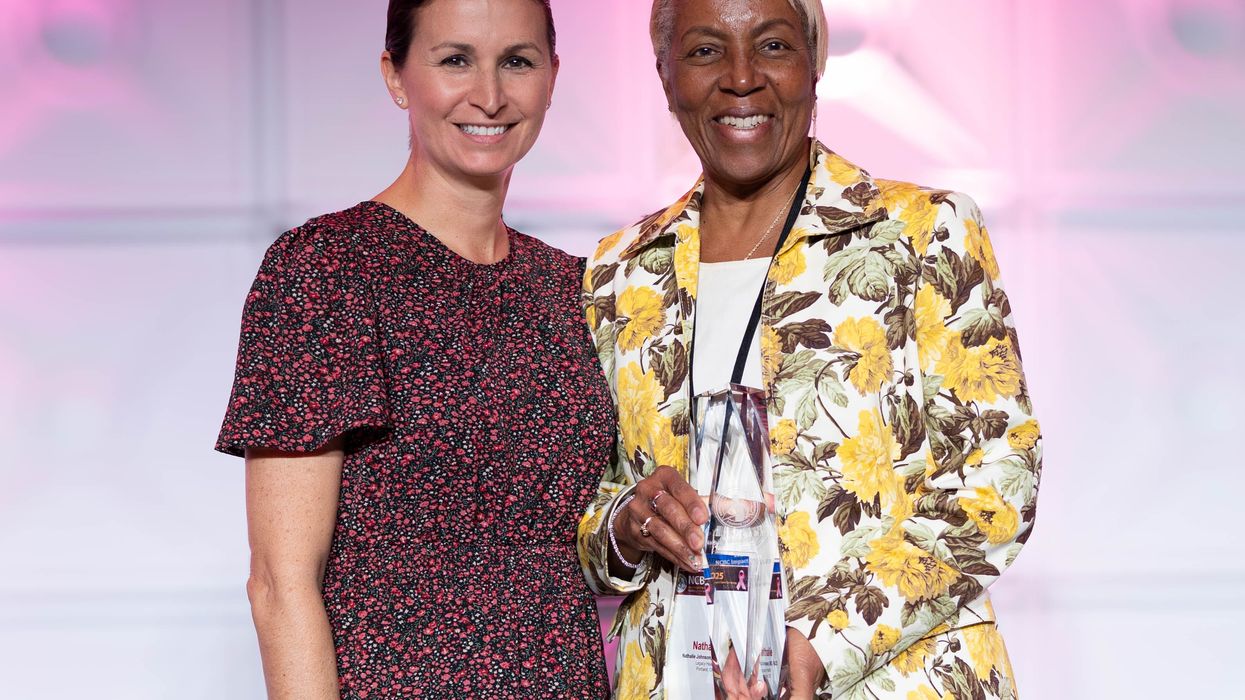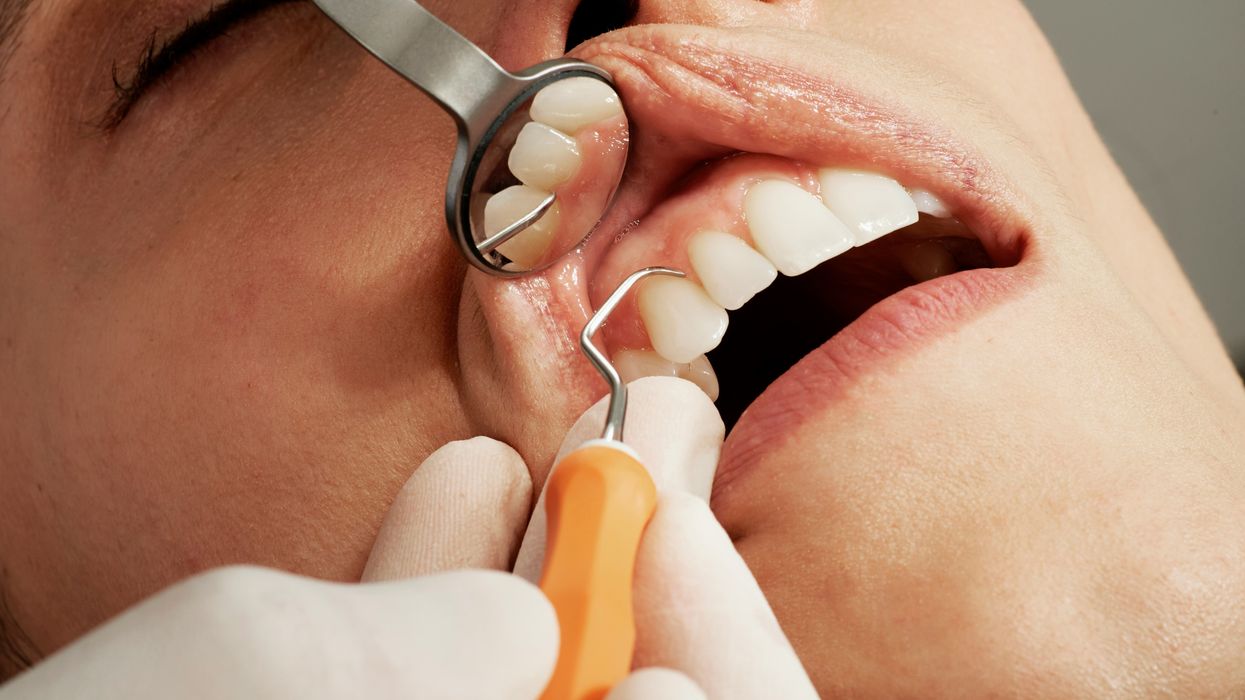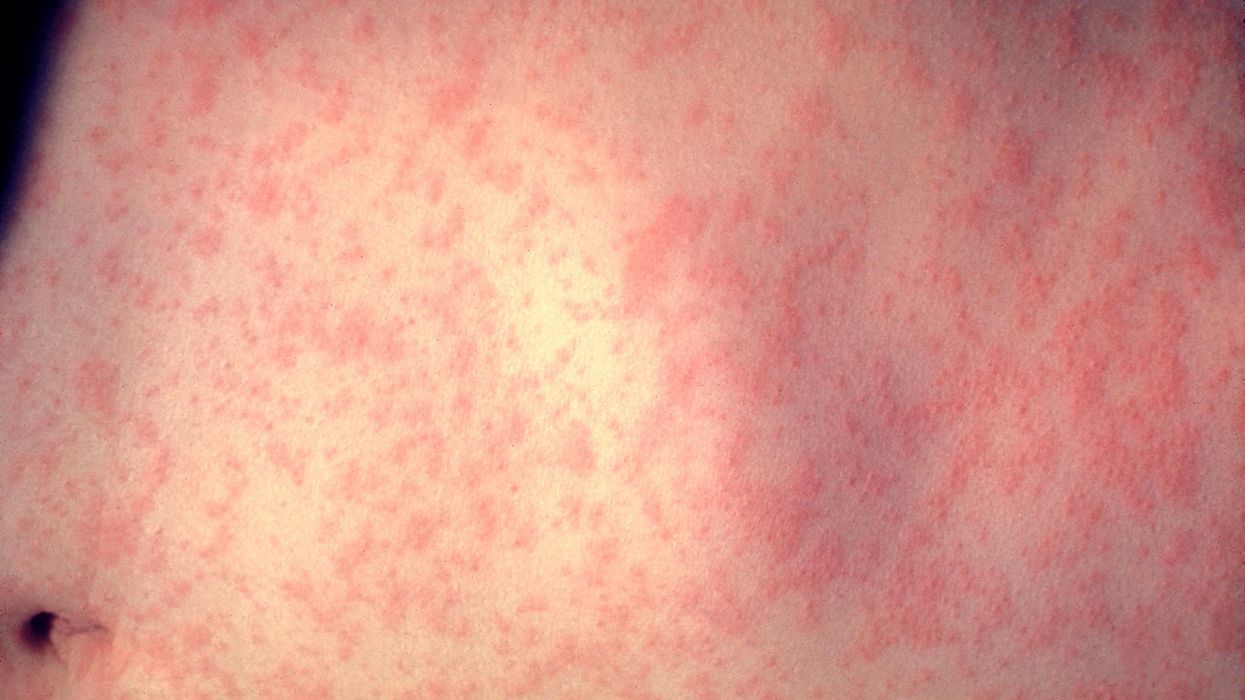Health Topics
Today is World Mental Health Day

By Beth FrutkinOct 10, 2023
Beth Frutkin
Founder and driving force behind Divine Health, Beth combines her expertise in marketing and technology to make health information accessible, engaging, and impactful.
Her passion for health education stems from personal experiences and a desire to bridge the gap between science and everyday wellness, ensuring readers have the knowledge they need to make informed decisions. Through Divine Health, she curates and shares valuable insights on nutrition, fitness, mental health, medical advancements, and emerging health trends.
















